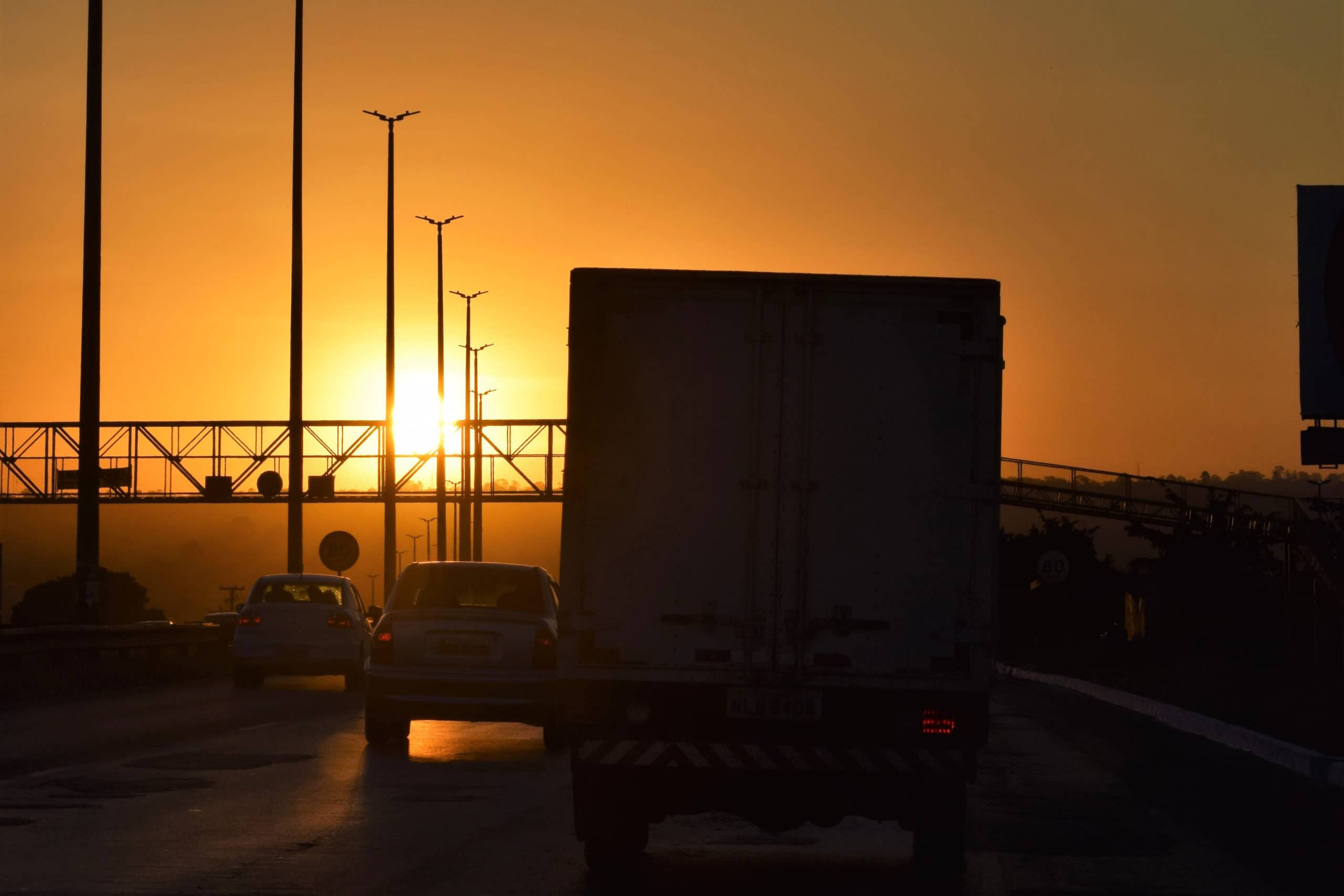Although on the surface, the logistics industry is more or less the same as it has been since its inception. With goods being carried from A to B for an agreed payment. The sector has continuously evolved. Vehicle technology is changing all the time – the only things today’s trucks have in common with their early ancestors is a flat bed and wheels. But with the Internet of Things (IoT), the freight and logistics space is approaching a new era. One where there the customer not only has access to real-time live information, but real control over their shipments.
So, whether you’re sending freight to Europe on a regular basis, shipping goods to China, or based solely in the UK, how could the IoT soon change your freight movements?
The Potential of the IoT in the Logistics Industry
Real-time data
In the age of the internet, most European freight transporters already provide an order tracking service. At Plexus Freight, you simply need to login to your account and you can track the status of your order at any given time. With IoT integration, you’ll have an app, which will allow you to see exactly where your goods are on their journey, from your warehouse to your customer’s. Whether they’ve been received, who they’ve been received by, and if they’re on the road, where exactly they are. Providing you with a low-cost, effort-free, yet immutable audit trail. Improving customer service and making insurance claims far simpler to handle.
Real-time control
Smart sensors are no longer the clumsy piece of kit they used to be. Now, no larger than a couple of centimetres squared, with long-life batteries and powered by wireless technology, they can be fitted in almost any form of shipping container. This allows businesses to track the storage conditions of their goods in transit. If you’re sending a refrigerated load of freight to Europe, you can check that the temperature is remaining static. But more than that, with the right software, you can also remotely control reefer container conditions. Not just temperature. But monitoring for the presence of water and condensation, checking on airflow, to ensure that the goods don’t degrade on route to their destination.
Security
Of course, a significant benefit of embedding IoT sensors within freight is that it gives you the ability to track your goods should they be stolen. Plexus Freight drivers take every possible security precaution. Only using designated, well-lit rest spots, keeping doors locked at all times, and all our vehicles are alarmed. But not every freighter can guarantee the same standards. With IoT monitoring, you can put yourself one step ahead of the criminals.
Reduced costs
The IoT doesn’t just have the potential to bring direct benefits to customers, but indirect too, through cost and time cutting. With freight managers and drivers theoretically able to access live data relating to traffic, incidents, weather, and even fuel prices across an entire area’s network of truck stops, costs can be fully controlled. This reduces overheads for freighters. And their customers.
The freight and logistics space is changing. It’s already in a pretty good position. At Plexus Freight, we already employ the latest technology to track our trucks, protect our drivers and freight, and make life easier for our customers with a host of digital services. But the IoT is pushing everything forwards. And it’s really exciting to watch how the space is developing.
Are you looking to send freight between the UK and Europe? Get in touch to see how Plexus Freight can help.


